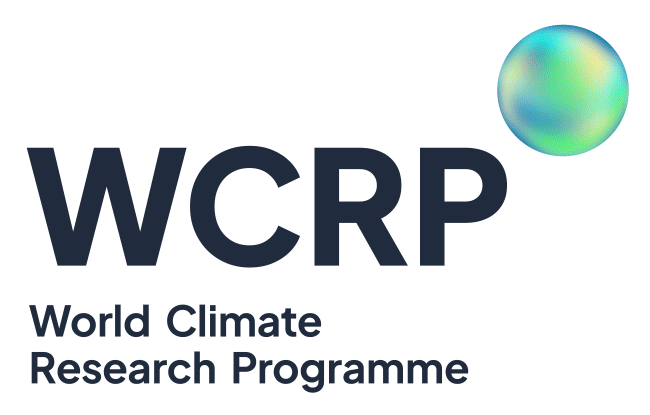Vision
To advance understanding of the four key precipitation processes — ARs, Monsoons, TCs, and MCSs — by transforming the accessibility, quality, and usability of precipitation data, especially in data-sparse regions. These efforts aim to provide the observational bedrock that underpins improved precipitation prediction and climate modelling, contributing to long-term climate understanding and societal resilience.
Objectives/Mission
WG2 aims to improve understanding of the four key precipitation processes by integrating rain gauge, radar, snow weight, satellite, reanalysis, and other precipitation-relevant data into robust, high-quality observational datasets.
Key Activities/Planned activities in the near term:
- Data Integration & Uncertainty Reduction: WG2 aims to identify regions and conditions where gridded precipitation datasets are particularly uncertain or biased — especially in mountains, tropics, and polar areas. (→ GPEX Q1)
Near-Term Planned Activities: Data integration & validation including intercomparison campaigns, hybrid network pilots, bias atlas & guidelines - Process-Based Precipitation Science: WG2 investigates dynamic, thermodynamic, and microphysical processes by synthesizing diverse observations (e.g., GPS-PWV, disdrometers, water isotopes), to advance understanding across distinct precipitation regimes. (→ GPEX Q2)
Near-Term Planned Activities: Process attribution & dataset curation including multi-source data synthesis, global “precipitation-environmental matrix” - Model–Observation Synergy: WG2 provides observational constraints to support model evaluation and improvement, particularly for different precipitation types and processes. (→ GPEX Q3)
Near-Term Planned Activities: Model error quantification including storm-type error atlas (MCS, TC), Targeted OSSEs Strategic Collaboration: ERA5 and/or ECMWF Land Precipitation Product - Equitable Data Access & Capacity Building: WG2 works to overcome data-sharing barriers in developing regions by co-designing hybrid observational networks — including rain gauges, IoT, and citizen science, and contributes to training and open data initiatives in collaboration with WG4. (→ GPEX Q4)
Near-Term Planned Activities: Capacity building including training workshop and data collection
WG2 - Members
| Name | Function | Affiliation | Country |
| Akiyo Yatagai | Co-chair | Hirosaki University | Japan |
| Hui Su | Co-chair | The Hong Kong University of Science & Technology, | China |
| Simon Ageet | Member | Karlsruhe Institute of Technology (KIT) Institute of Meteorology and Climate Research Troposphere Research (IMKTRO) | Germany |
| Simon Alexander | Member | Australian Antarctic Division | Australia |
| Margot Bador | Member | CECI CNRS/CERFACS | France |
| Ali Behrangi | Member | Department of Hydrology and Atmospheric Sciences, University of Arizona | USA |
| Zhe Feng | Member | Pacific Northwest National Laboratory | USA |
| Shoichi Shige | Member | Kyoto University, Japan | Japan |
| Harald Sodemann | Member | Geophysical Institute, University of Bergen | Norway |
| Markus Ziese | Member | Deutscher Wetterdienst | Germany |

